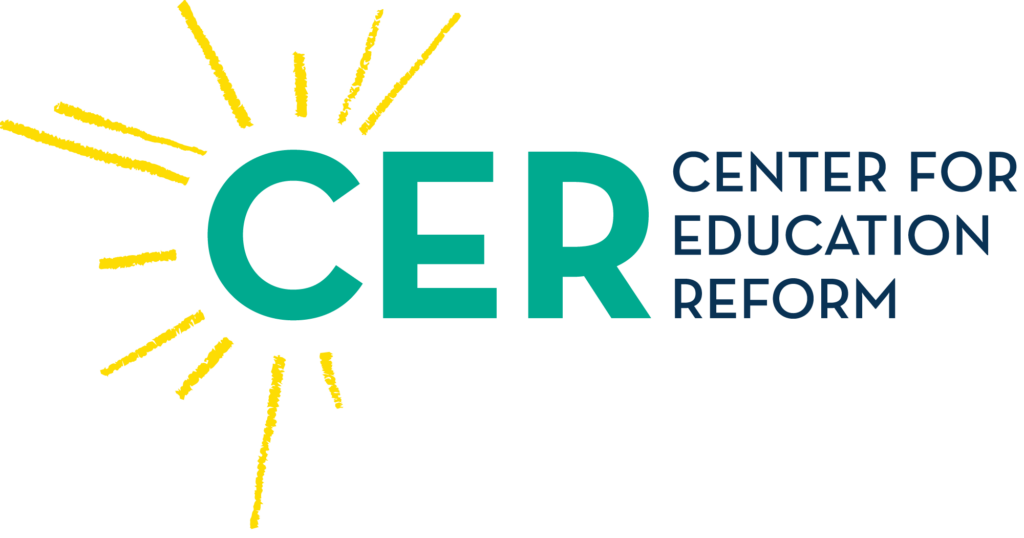The Australian Education Union (AEU) – the peak national union for public education – likes a good crisis as much as the next vested interest, especially if the remedy is money. According to the AEU, Australia is facing a dire shortage of teachers in the next three years.
Media reports of the AEU national conference in January this year quoted the AEU as predicting “a looming primary school teacher shortage that will leave Australia with a shortfall of 40,000 teachers by 2010.” Naturally, the AEU is calling for more government funding – $2.9 billion, in fact.
There are two problems with this assessment of the teaching labour force in Australia. The diagnosis is inaccurate, and therefore the treatment is likely to be ineffective. There is no doubt that there is an existing and potentially serious teacher shortage in Australia, but it is unlikely to be as much as 40,000, and is not a shortage of primary (elementary) school teachers. It is the same shortage that is being experienced all over the world – a lack of qualified teachers of high school maths, science and technology.
Numerous reports, reviews and inquiries have noted this problem over the last decade. The most recent report on teacher supply and demand from the Ministerial Council on Employment, Education, Training and Youth Affairs (MCEETYA) evaluates numbers of teachers entering and leaving the teaching force against projected school enrolments and other demand factors such as class size. MCEETYA estimates a shortfall of around 20,000 teachers if demand trends continue. However, the shortfall is specific rather than industry-wide.
In 2004, the labour force of generalist primary school teachers was in balance, although some states reported moderate difficulties recruiting sufficient numbers of specialist teachers, including special education and English language teachers.
The report also noted that the projected supply of primary teachers would exceed demand, but that under current demand trends, there would be growing problems staffing secondary schools. Again, however, not all secondary school teachers are in short supply; most unmet demand is for maths, physical sciences and technology.
Correctly identifying the problem is important because it allows the formulation of specific and targeted strategies. In the past, strategies to recruit more teachers have been too broad – with the result that there is a oversupply in some areas of teaching – or too timorous – such as a NSW program that reduced the duration of teacher training from two years to 18 months.
A shortage of teachers arises when there are too few new teachers to replace resigning and retiring teachers. A large number of Australia’s teachers will reach retirement age in the next decade which means we need to attract lots of people into teaching, both new graduates and qualified teachers currently employed in other industries. MCEETYA believes there is a substantial ‘pool’ of people with teaching qualifications not employed as teachers nor seeking work as teachers.
What will it take to get more maths and science teachers? Two things. One is better pay, but not for all teachers, as unions advocate. Teachers unions have staunchly opposed differential pay rates, but they are becoming increasingly necessary. People with qualifications and experience in maths, science and technology are highly employable across the labour force and indeed, across the world. Schools will eventually have to offer competitive salaries to attract high-calibre people into teaching.
The other strategy is to get highly capable people into the classroom quicker. Highly qualified and capable people have to make considerable sacrifices of both time and money to become school teachers. Australian governments have been reluctant to embrace alternative forms of teacher certification such as school-based training to fast-track these people into schools, despite calls from principals’ associations and wide-spread discontent with the standard of training in universities. Perhaps sheer need will compel them to broaden their thinking.
Population changes and labour market dynamics make a certain amount of fluctuation in the demand and supply of teachers uncontrollable. But if present demand cannot be met, it makes no sense to artificially generate a growth in demand. When a teachers union predicts a shortage of 40,000 teachers and at the same time recommends reducing class sizes, it makes no sense at all.
Jennifer Buckingham is a research fellow at The Centre for Independent Studies in Sydney, New South Wales, Australia.

